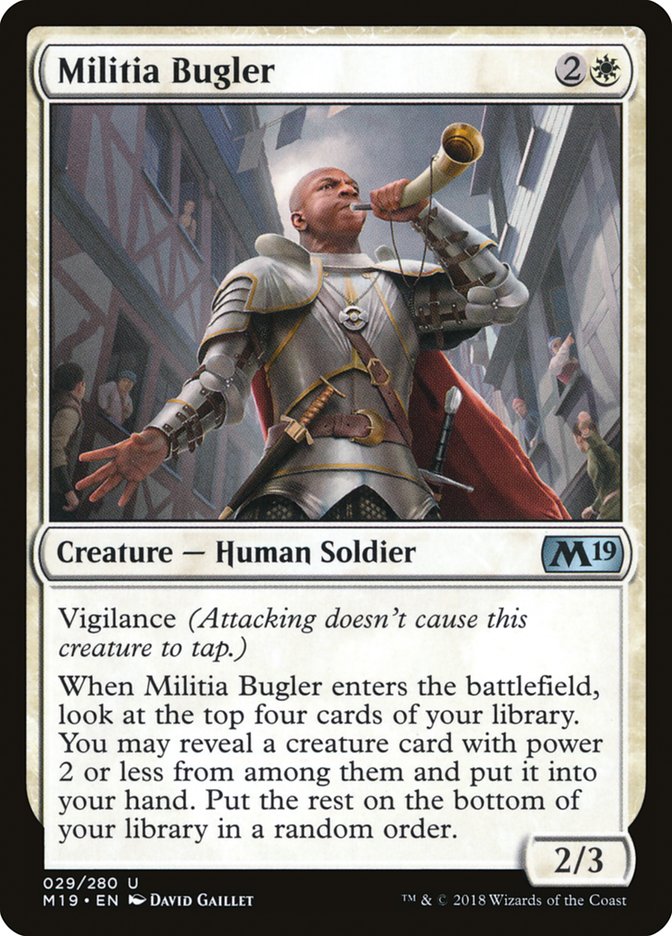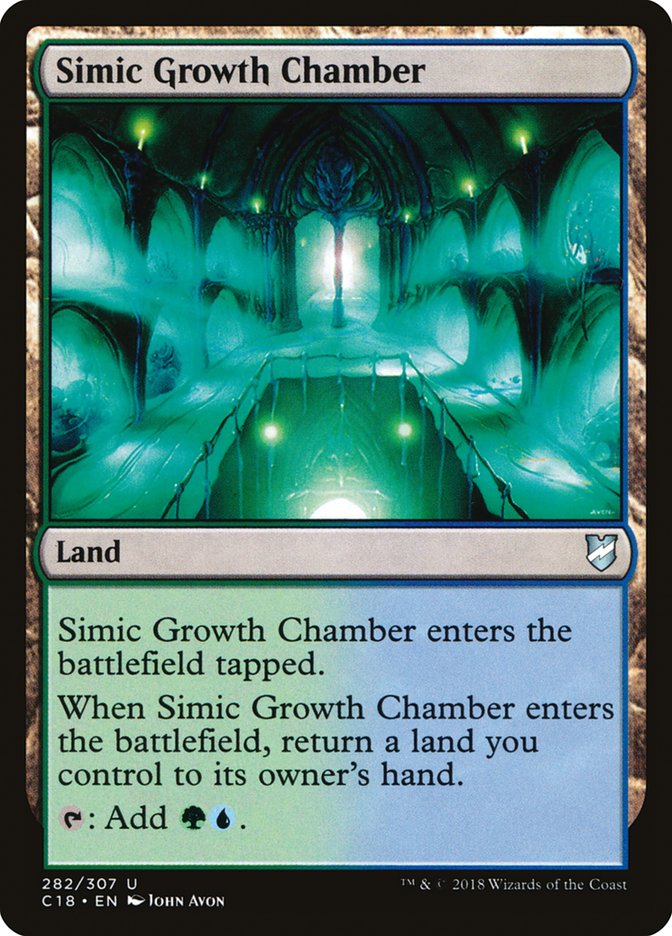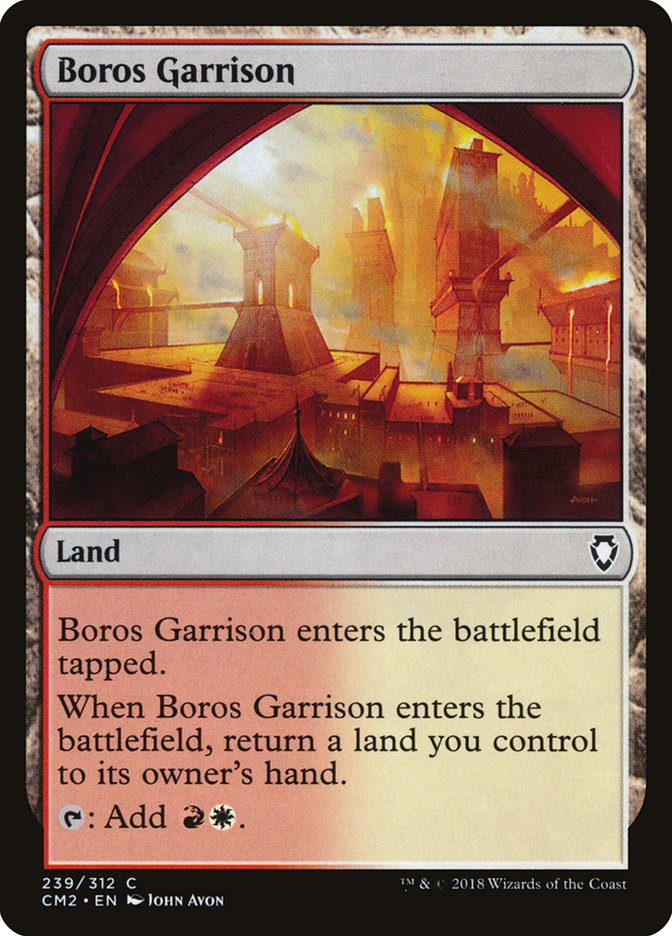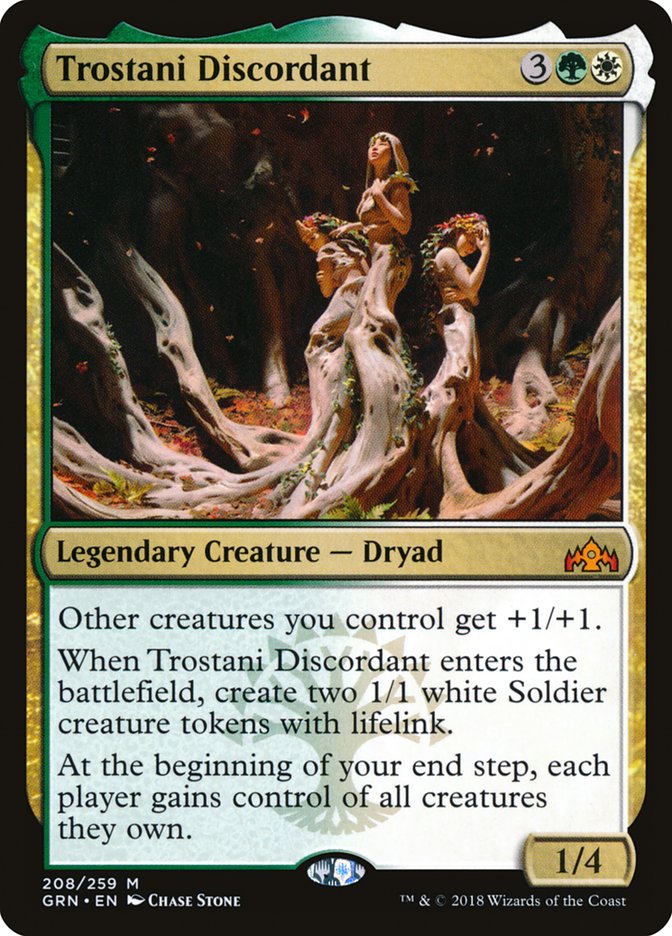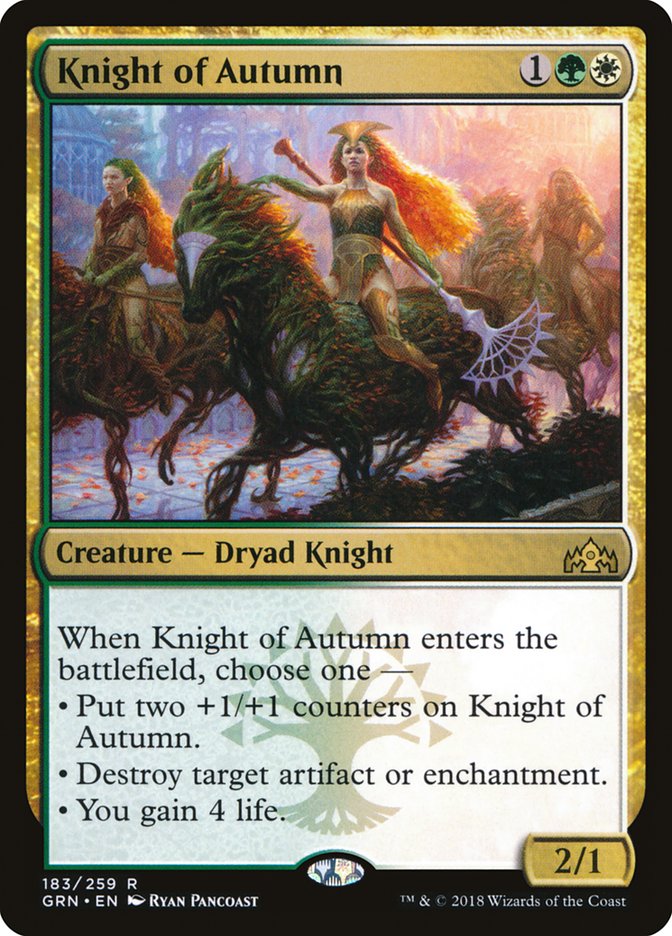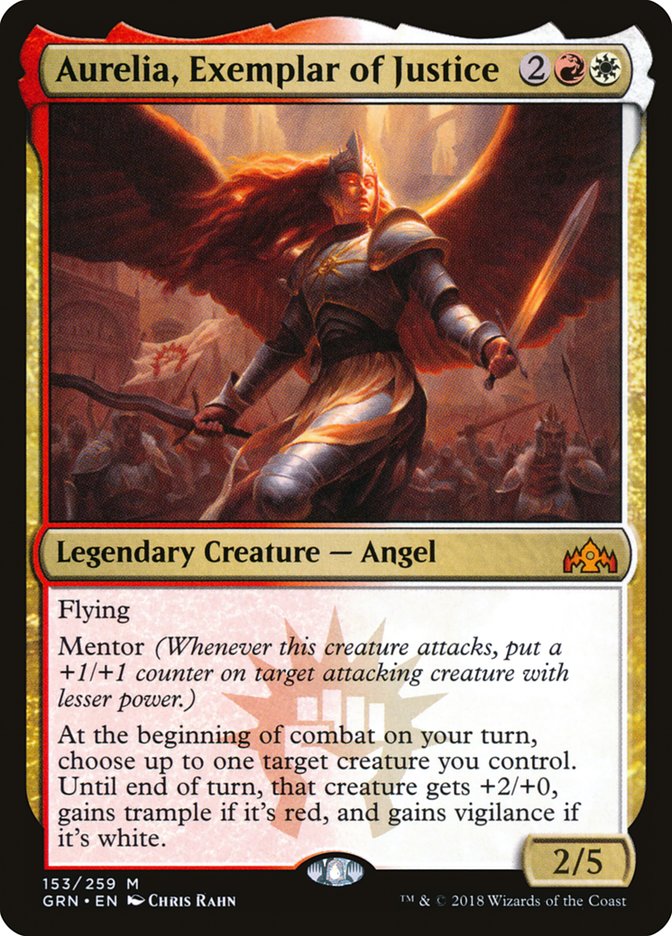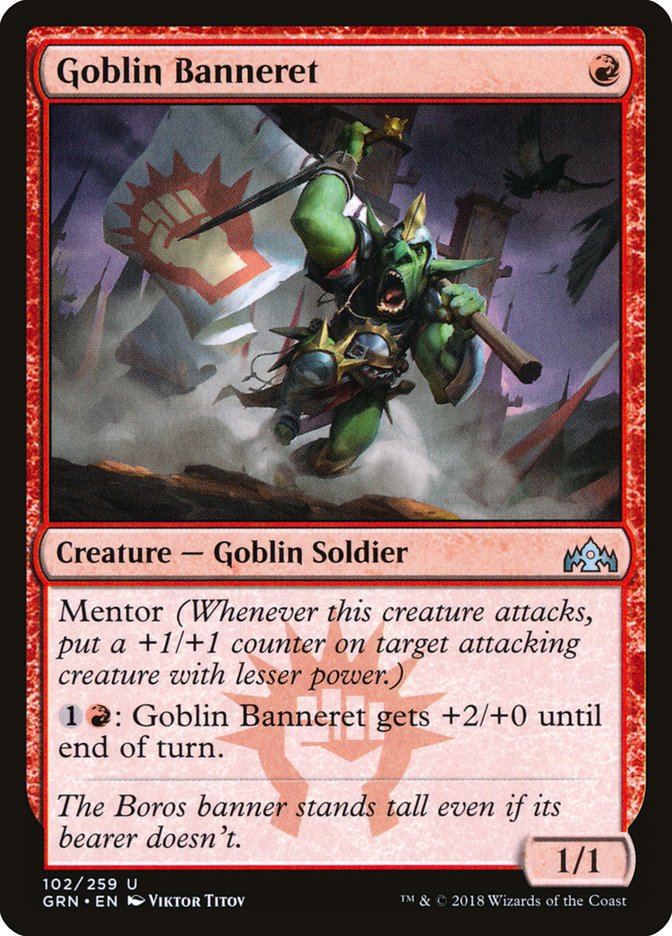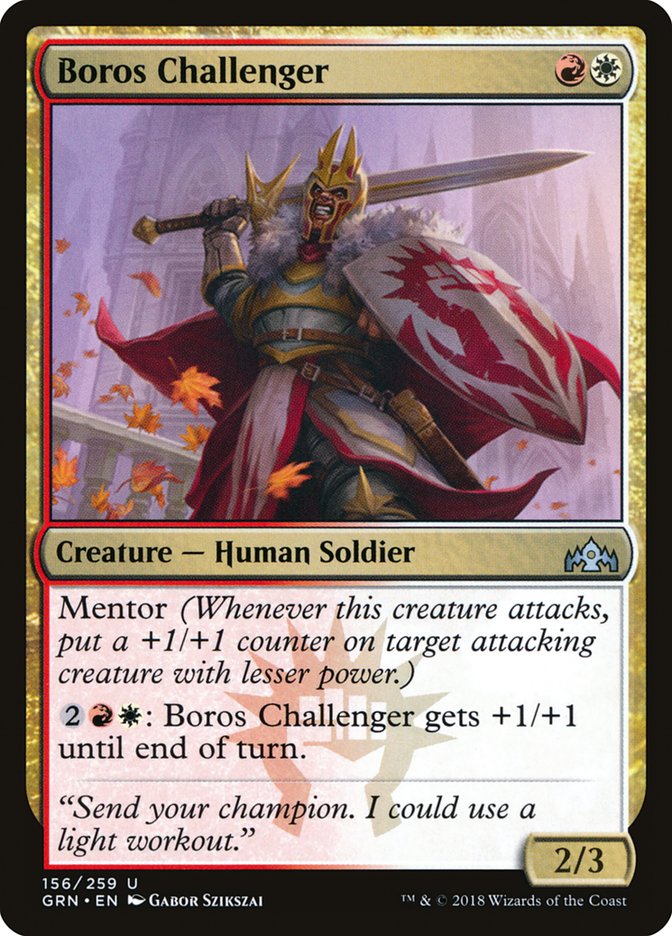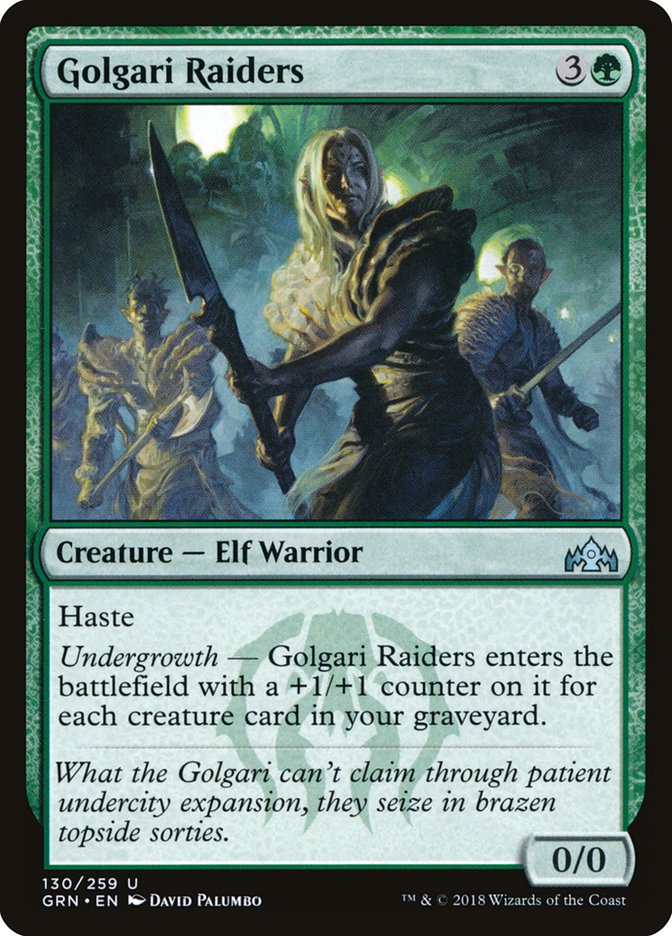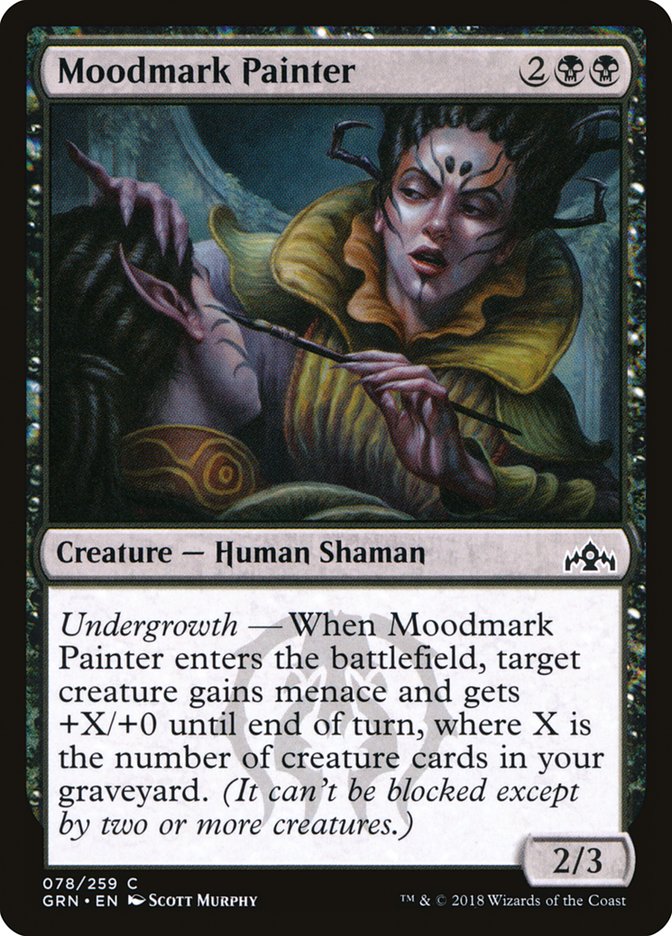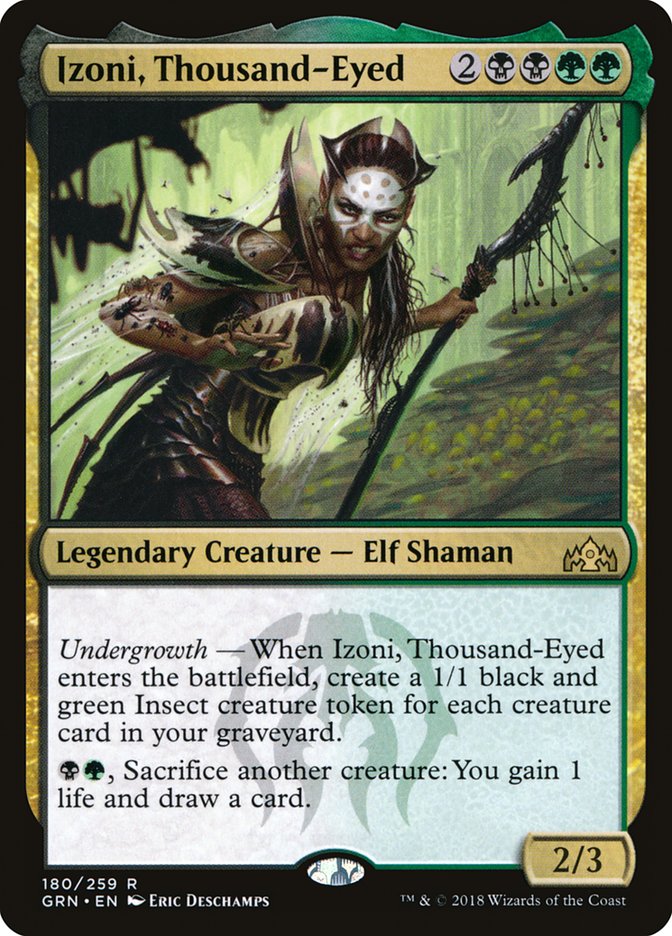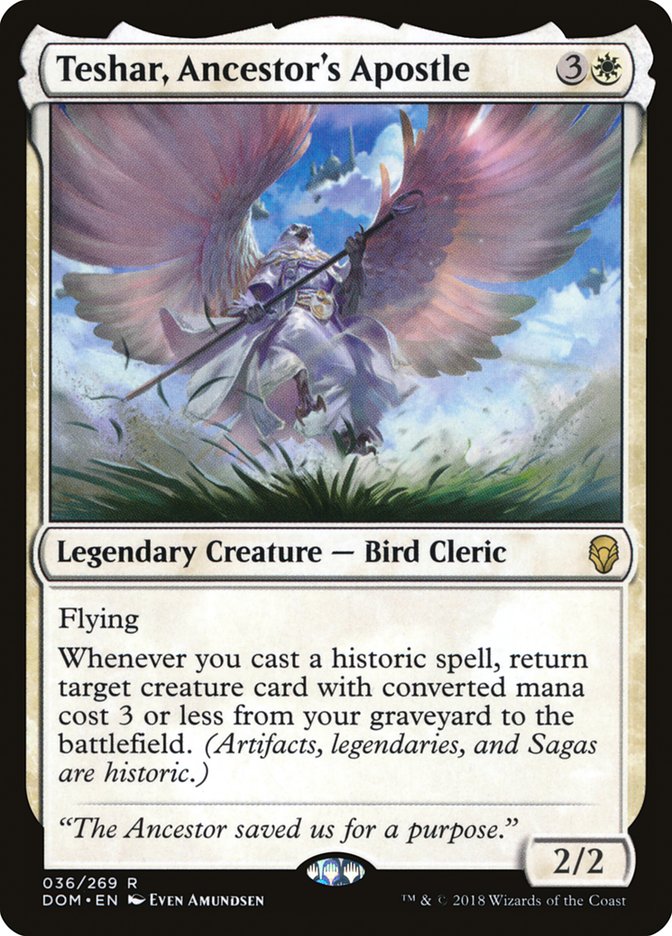Cedric Phillips needs to hush. [CEDitor’s Note: I need to what?!]
Militia Bugler is wonderful.
When Core 2019 was first released, this little fella was
predominantly talked about in a Modern context, specifically whether he
would see play in Humans. Due to the way that Magic players tend to
compartmentalize information, this led to Militia Bugler being written off
as a “Modern card” rather than considering what it could do in Standard.
Last week, we saw Gerry Thompson
publish an article
lauding District Guide as the best card in Guilds of Ravnica.
The
article itself is gold, but to summarize the basic idea, District Guide and
its predecessors ensure the most important thing in Magic: that you get to
keep playing. District Guide does this by existing as an actionable thing
to do on three mana, and then guaranteeing that its controller will have
the lands required to continue curving. Militia Bugler plays a similar
role, but in reverse.
Rather than ensuring that its controller will always have the resources
necessary to enable casting spells, Militia Bugler makes sure that there’s
always gas in the tank. That can mean that he’s closer to a curve-topper,
or that he performs a role that runs opposite to how we think about
cantrips and the bouncelands of original Ravnica.
When playing lands like these in “fair” decks, they tend to count for more
than a single land during the deckbuilding process.
Take this classic Solar
Flare list from original Ravnica block:
Creatures (8)
Lands (23)
Spells (29)
- 4 Wrath of God
- 2 Persecute
- 3 Zombify
- 2 Sift
- 1 Clutch of the Undercity
- 4 Compulsive Research
- 2 Dimir Signet
- 4 Remand
- 3 Mortify
- 4 Azorius Signet
Sideboard

Despite the deck playing piles of mana-intensive spells, being three
colors, and including a splashy Miren, the Moaning Well, there are only 23
“real” lands. The aforementioned bouncelands make more than a single mana,
and the play patterns they create are effectively creating extra
land-drops. This means that the decks that play them get to cheat on their
land count a bit.
When building a deck with Militia Bugler in mind, we can do the same thing
with Militia Bugler, but for spells instead of lands. Similar to
bouncelands, there’s a requisite number like-typed cards in order for the
card to be effective, but what are those numbers like?
| Number of Hits | Percentage to Hit |
| 14 | 67.3 |
| 15 | 70.2 |
| 16 | 72.9 |
| 17 | 75.4 |
| 18 | 77.7 |
| 19 | 79.9 |
| 20 | 81.9 |
| 21 | 83.8 |
| 22 | 85.5 |
| 23 | 87.1 |
| 24 | 88.5 |
| 25 | 89.8 |
(Credit
Frank Karsten)
So, what we know from this table is that for Militia Bugler to hit
approximately two-thirds of the time, we need fourteen hits and we need a
little under half of our deck to be Militia Bugler hits in order to crack
the 90% threshold. Generally speaking, looking at more hits is going to be
better; we want our cards to have text boxes, right? The difference will be
in what role we’re interested in Militia Bugler playing.
The most important thing to keep in mind is that while building with Bugler
in mind is important, most of what this should be doing is telling you how
to play Militia Bugler, which will incidentally inform the cards that you’d
like to be grabbing with the Bugler.
Grabbing Trostani Discordant
The easiest place to start with ‘Bugler decks is where
my article left off last week
: Selesnya.
A white-leaning Selesnya deck is going to have a host of creatures that
serve different functions, but it ultimately benefits from having a
critical mass of them on the battlefield. This type of deck is going to
feature Militia Bugler’s ability not just being used for raw card advantage
but for the built-in selection as well.
Creatures (25)
- 3 Benalish Marshal
- 4 Knight of Grace
- 4 Shanna, Sisay's Legacy
- 4 Militia Bugler
- 4 Emmara, Soul of the Accord
- 2 Knight of Autumn
- 4 Trostani Discordant
Lands (25)
Spells (10)

With the first copy of Militia Bugler having twenty other possible hits,
the deck is right around the 80% mark of hitting another card. The idea
behind the deck is that despite the deck playing several different
legendary creatures, Militia Bugler increases the odds of having a mix of
legendary creatures, rather than stranding redundant copies in one’s hand.
Note that despite a lack of anything other than Trostani costing more than
four, the deck is playing 25 lands and likely wants the 26th. The reason
for this is that with cards like Legion’s Landing and Militia Bugler in the
deck, as well as a glut of three-drops, it isn’t hard to envision a
scenario in which this deck has something to do with its mana every turn of
the game. Hitting the first five or six land drops is going to be
fantastic, and land drops don’t start being bad until the seven-ish mana
mark, as six lands is simply the threshold for casting multiple three-drops
in a turn.
This effect is the type of thing I’m talking about when I comment on the
fact that Militia Bugler lets us have a lower density of spells in our deck
but can keep the odds of having spells to cast roughly the same.
What happens when we push the limits of the card advantage side of things?
Grabbing Aurelia, Exemplar of Justice
We’re gonna kill em.
Creatures (28)
- 4 Fanatical Firebrand
- 4 Militia Bugler
- 4 Boros Challenger
- 4 Goblin Banneret
- 4 Aurelia, Exemplar of Justice
- 4 Swiftblade Vindicator
- 4 Tajic, Legion's Edge
Lands (24)
Spells (8)

This decklsit is going to look a bit strange, particularly the land count
for a deck with a curve that tops out at four, but I’ve got two words for
you: Mana. Sinks.
The newest Boros mechanic is about dominating combat, and having so many
creatures with Firebreathing-esque abilities makes it difficult for the
opponent to profitably block. While this deck is much closer to something
we’d expect to have 22 lands, Guildmages’ Forum acts as half a spell and
has natural synergies with the guild’s mechanic.
All this deck wants to use Militia Bugler for is making sure that it always
has creatures to spend its mana on. In most decks, a 2/3 for three is
fairly reasonable, but what if you hit any of these in the later portions
of the game?
A 2/3 for three that draws a spell is already fairly nice, but what happens
when that body is even better? A 3/4 for three that a draws a spell as the
best card is powerful, and anything bigger than that is comfortably “the
best creature in the format.”
Grabbing Graveyard Nonsense
I know that Sam Black is writing about graveyards this week, and I’ll avoid
stepping on his toes too much, but think about how Standard
graveyard-synergy decks tend to operate. It’s generally some enablers and
then oversized payoff cards. Remember this?
Creatures (32)
- 2 Jarad, Golgari Lich Lord
- 3 Lotleth Troll
- 2 Deathrite Shaman
- 4 Elvish Mystic
- 2 Shadowborn Demon
- 4 Sylvan Caryatid
- 4 Nighthowler
- 4 Nemesis of Mortals
- 3 Herald of Torment
- 4 Satyr Wayfinder
Lands (20)
Spells (8)

The core strategy of the deck was “cast spells that make Nemesis of Mortals
and Nighthowler unfair, then cast Nemesis of Mortals and Nighthowler.” The
best draws from the deck were quite powerful, and one of the biggest
problems the deck suffered from was losing to itself. That’s to say, it had
to mulligan hands without enablers, and even when keeping enabler-heavy
hands, it had a fail-rate from not drawing enough big things to reward all
the self-milling it was doing.
What about today?
Zero power, huh?
Two power, huh.
Two power?
What a fine coincidence.
Creatures (30)
- 4 Merfolk Branchwalker
- 4 Jadelight Ranger
- 4 Militia Bugler
- 4 Stitcher's Supplier
- 2 Moodmark Painter
- 4 Izoni, Thousand-Eyed
- 4 Golgari Raiders
- 4 Glowspore Shaman
Planeswalkers (2)
Lands (24)
Spells (4)

The basic sketch here is rough, but finding payoff cards in this deck is
comically easy, and the explore mechanic from Ixalan is doing this
self-mill strategy a lot of favors. For a deck completely lacking blue,
there’s a lot of card selection packed in here. Casting Stitcher’s Supplier
on the first turn isn’t easy, but it’s so powerful in the deck that its
efficacy isn’t drastically reduced as the game progresses past that point.
Grabbing Teshar
As Magic players, we all have some cards in our back pocket that we’re
trying to think of ways to break, and Teshar is pretty high on my list.
With four copies of the same two-power creature in our library, each Bugler
has a 25% chance of hitting that specific two-power creature. Any sort of
synergy deck leaning on a specific creature or two is going to benefit from
Militia Bugler.
It feels as if there must be some sort of shell involving Militia Bugler,
Teshar, Ancestor’s Apostle, and other creatures that can be reanimated by
Teshar, grabbed by Militia Bugler, and trigger Teshar. It’s a tall order,
but there are a handful of playable creatures that meet the criteria:

This is absolutely taking some liberties in what is and isn’t “playable,”
but it feels as if there is some sort of value deck hiding here, and I very
well may not be smart enough to assemble it. On top of that, this list is
simply cards that check all of the aforementioned boxes. When we start
excluding single boxes and deciding that checking two of them is enough,
things really start to open up.
If only there were a card that could be found by Militia Bugler,
triggered Teshar, and also benefited from filling the graveyard in the
way that Teshar does. If only…
The overarching point here is that Militia Bugler changes how we can build
decks and how we should be building decks. Observing the impact that cards
like this have outside of the game is going to shift how games themselves
play out. I’ve always been a proponent of
playing more lands
, and cards that let us do that without hurting our spell density in-game
are going to reduce the number of games that we lose the ability to play
Magic.
Looking Back
Preview season is always ripe for trying to find the wackiest interactions
to break, and Guilds of Ravnica is no exception. Remember that it
isn’t just the newest cards that we should be looking at, but taking second
looks at some old cards that may have been held back by previously legal
cards is going to take one’s deckbuilding to the next level. Rotation is a
very big deal, and ignoring it is doing yourself a disservice.


